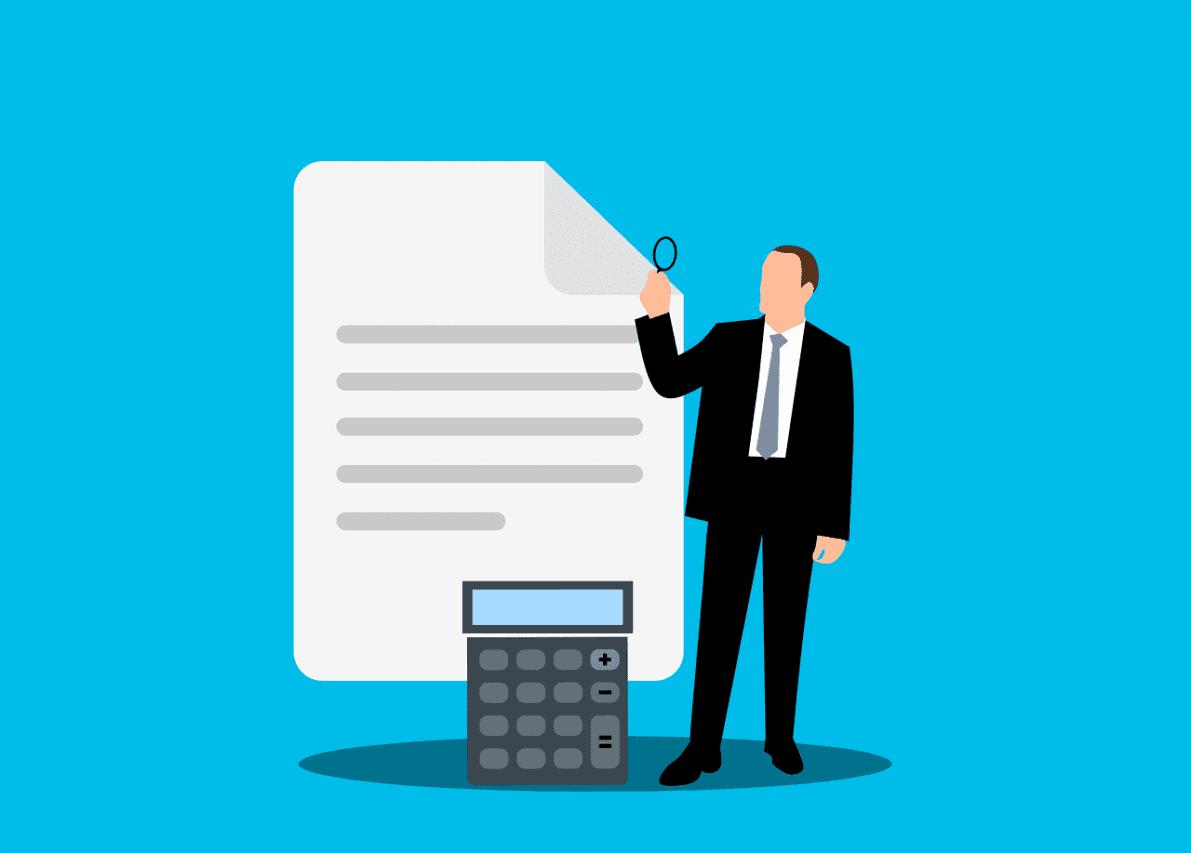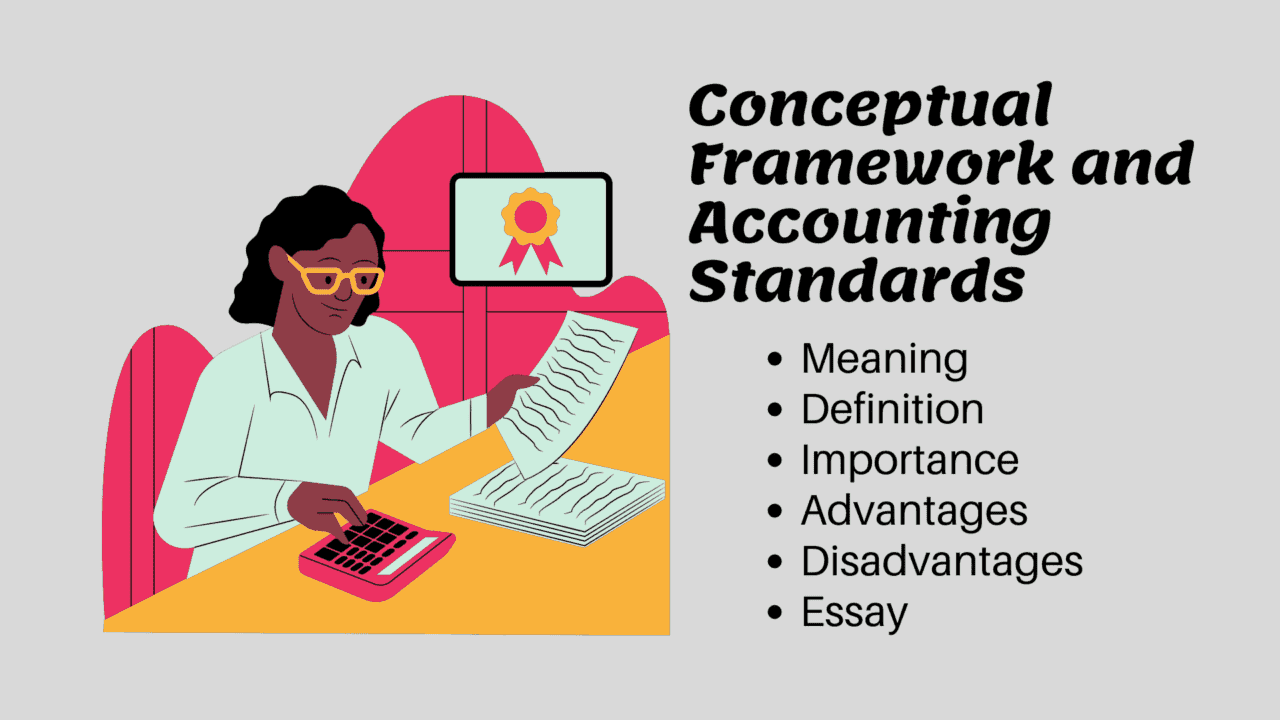Standard Costing Accounting Essay with PDF; They stand a specialized expenditure technique in which standard costs stand predetermined, actual costs stand compared with these predetermined costs; and, the differences between the two stand monitored and analyzed according to their factors; to take corrective action to control the factors that lead to adverse differences. The standard calculation system, therefore, includes various steps – from setting standards to the definitive application of cost control.
Here are the articles to explain, What is Standard Costing Accounting? Its Definition, Advantages, and Disadvantages!
It refers to the determination or pre-quantification of the cost of a product, process, or operation under standard business conditions. It serves as an effective tool in the hands of management for planning, coordinating, and controlling various business activities. The business is undergoing a continuous process of growth; which stands carried out using the standard cost technique; because the standard costs stand set realistically, achievable, and change from time to time according to needs and requirements.
 Loading…
Loading…
Definition of Standard Costing;
According to the Chartered Institute of Management Accountants, London, Standard Costing accounting is “the preparation and use of standard costs, their comparison with actual costs and the analysis of variances to their causes and points of incidence”. The definition given by W.W Bigg makes the concept of standard costing more clear. According to him, “Standard Costing discloses the costs of deviations from the standard and classifies these as to their causes, so that management is immediately informed of the sphere of operations in which remedial action is necessary.”
According to J. Batty,
“Standard costing is a system of cost accounting which is designed to show in detail how much each product should cost to produce and sell when a business is operating at a stated level of efficiency and for a given volume of output”.
Advantages of Standard Costing;
Standard costing accounting technique as a management tool is an aid in making predictions and providing Standards for measuring business performance. It helps the management in the following ways:
Formulation of Pricing and Production Policies;
Standard Costing helps the management to formulate pricing and production policies based on estimated costs to incur. Estimated production and its cost provide the base for pricing policy and profit planning.
Facilitates Delegation of Authority;
With standard costing, the Delegation of Authority can stand successfully implemented as top managers can delegate responsibility according to the standards fixed.
Facilitation of Principle of Management by Exception;
The standard Cost System works based on the principle of management by exception. Management needs to give concentration only on those areas where deviations occur, i.e., Actual performance is more or less than standards.
The yardstick for Comparison;
Standard Costing gives a suitable base for comparison of actual performance with predetermined standards. Standards can stand fixed for any element of cost e.g., material, labor, overheads, etc.
Optimum Use of Resources;
Standard Cost also helps in optimum use of resources. Different resources like raw material, plant and machinery, and current assets stand used according to the standards fixed in advance.
Uniform Valuation of Stock;
Under Standard Cost System, the valuation of the stock stands done at standard cost. The variance account stands open for transferring the deviations between standards and actual performance. This brings uniformity to the valuation of the stock.
Facilitate Coordination;
When standards stand fixed, the performance of various departments e.g., production, sales, purchase, etc., consider. In this way, standard costing enables coordination among all departments.
Effective Cost Control;
Standard Costing is an effective tool in controlling cost because actual performance stands compared with standards and in case of deviations, corrective action stands taken.
Economy;
In standard costing, standards stand fixed in advance. Once standards stand fixed development of cost, most of the clerical work reduce. Thus it is an economical method of costing and brings efficiency to production.
Motivates Employees;
When standards exist fixed Incentive schemes to motivate employees can introduce. Employees try to achieve the standards and they remain different monetary and non-monetary incentives.
Disadvantages or limitations of Standard Costing;
Some of the basic limitations of Standard costing accounting stand discussed below:
Difficulty in Fixing Standards;
Standards are difficult to set. If inaccurate standards stand set, they can do more harm than good to the business. Tight standards act as a disincentive to work and loose ones don’t provide any incentive at all. If due care stands taken and caution stands exercised based on scientific studies, correct standards may stand set. It is not that difficult. However, expert knowledge and skill stand required for fixing standards.
Estimation of Price Difficult;
Precise estimation of likely prices of material or rates of labor poses a problem. However, the use of sophisticated forecasting techniques can assist to a great extent.
Apprehension of Output Change;
Its actual output varies, and standard costs can’t realize. Again scientific techniques and market research largely solve the problem.
Out-Dated Standards;
Standards may become out of date very soon. Keeping standard costs up-to-date can be a major problem. It may not always be possible to change standards to keep pace with the frequent changes in manufacturing conditions. For solving this problem, an optimum period for keeping standards without revision should select. It would inspire confidence in the permanence of the measures and also avoid administrative inconvenience caused by continuous modification.
Not Suitable for Small Concerns;
In small concerns, production cannot stand properly scheduled since frequent changes in production conditions take place. Therefore, standard costing may not be suitable for them. Detailed analysis may be meaningless and superfluous for them. If an efficient system of production planning stands established, the difficulty can be overcome and even small concerns can adopt a standard costing system; though the advantages gained by them may not be that much as availed of by large concerns.
Costly for Non-Standard Product Industries;
Standard costing may be found unsuitable and costly in the case of industries dealing with non-standard products and repair jobs that keep on changing to customers’ specifications. If some of the operations applied to different products are common and repetitive, standards may be fixed for such components or operations with advantages. The cost-benefit analysis should however be made before installing a standard costing system. If the costs exceed benefits, no system can be recommended for adoption, not to talk of a standard costing accounting system.
Explanation of Variances Difficult;
Due to the play of random factors variances cannot sometimes stand properly explained and at times it is difficult to make a distinction between controllable and non-controllable variances. A toning up of the variance analysis system can obviate this difficulty.
Lack of Management’s Enthusiasm;
If the management is reluctant to implementation of the system effectively, the success of the system will be in peril. By educating management about the likely advantages of the system, management can stand made interested in effectively implementing the system.
Administrative Inconvenience;
Carefully planned and operated procedures, as required under this system in respect of the recording of prices, time, quantities, etc. might not have stood adopted. However, any effective planning and control system must have a foundation on which to operate.
Resistance from Within;
The staff may take it as a threat to their freedom of action, feeling that they stand being directed down to the last detail on how work should perform. It also requires proper education of the personnel of the organization.
Badly Designed System;
If the standard costing accounting system has not been properly designed, many problems are likely to crop up. Supposing is a concern, material costs are of vital importance whereas undue emphasis has been laid down on labor costs, the system would not bring desired results. The existing problems must be taken due care of while introducing the system. The rigid marshaling of effort within a factory is a fact of like which must be accepted. Without attention to detail, there would be great difficulty in achieving a high level of efficiency.
How do standard costs stand set?
Standards should stand set for the quantities and prices of materials, labor, and services to stand consumed in performing each operation associated with a product. Product standard costs exist derived by listing and adding the standard costs of operations required to produce a particular product.
Two approaches stand used for setting standard costs.
First, past historical records can stand used to estimate labor and material usage. Secondly, standards can stand set based on engineering studies. With engineering studies a detailed study of each operation stands undertaken under controlled conditions, based on high levels of efficiency, to ascertain the quantities of labor and materials required. Target prices stand then applied based on efficient purchasing to ascertain the standard costs.
How does a standard costing system operate?
Standard costing is most suited to an organization whose activities consist of a series of repetitive operations and the input required to produce each unit of output can be specified. A standard costing accounting system involves the following:
- The standard costs for the actual output stand record for each operation for each responsibility center.
- Actual costs for each operation stand traced to each responsibility center.
- Also, The standard and actual costs stand compared.
- Variances exist investigated and corrective action stands taken where appropriate
- Standards stand monitored and adjusted to reflect changes in standard usage and/or prices.
What is the main purpose of variance analysis?
There are very few plans that turn out exactly as planned. Even when the overall objectives of the plan exist achieved, some, if not all components of the performance will have varied from the sub-plans or standards that make up the overall picture. For example, a football team may win an important game, as planned, but within the team performance; there may be many aspects that the manager will analyze during and after the match so that performance can stand improved for next time.
As in business, good points need to encourage, and less positive aspects need to exist discussed and corrected. In a game of football, a side may have won a high number of corner kicks, but conceded too many free-kicks in defending. There is little to stand gained for the next match if we do not think about the last performance in detail. Variance analysis provides a framework for business managers to break down the overall performance of an organization so that each element of the business can stand isolated and analyzed in turn.
What are the causes of labor, material, overhead, and sales margin variances?
Quantities cost variances arise because the actual quantity of resources consumed exceeds actual usage or vice versa. Examples include excess usage of materials and labor arising from the usage of interior materials, careless handling of materials, and failure to maintain machinery in proper condition. Price variances arise when the actual prices paid for resources exceed the standard prices or else. Examples include the failure of the purchasing function to seek the most efficient sources of supply or the use of a different grade of labor to that incorporate into the standard costs. How to calculate material, labor, variable overhead, fixed overhead, and sales variances.





















